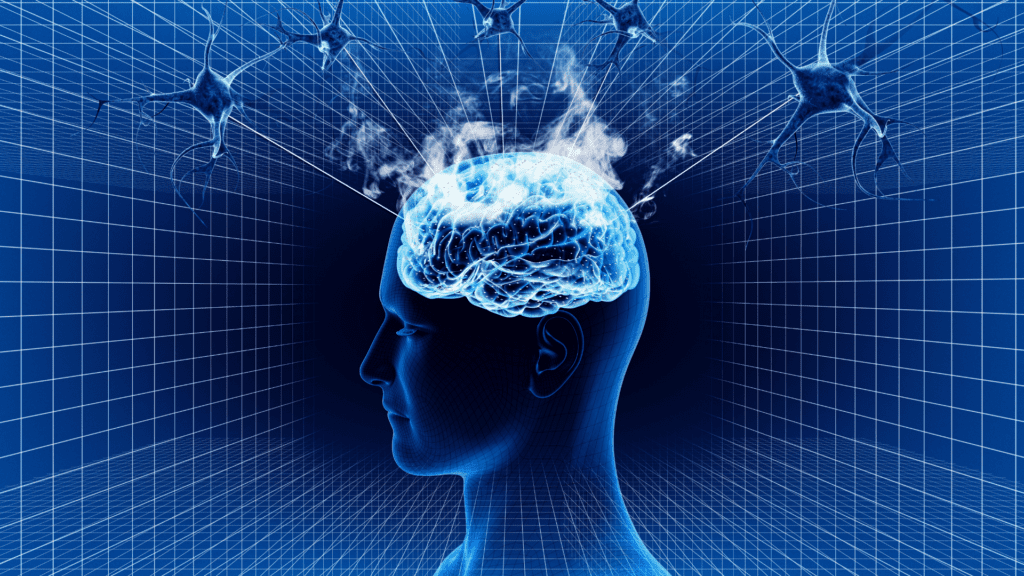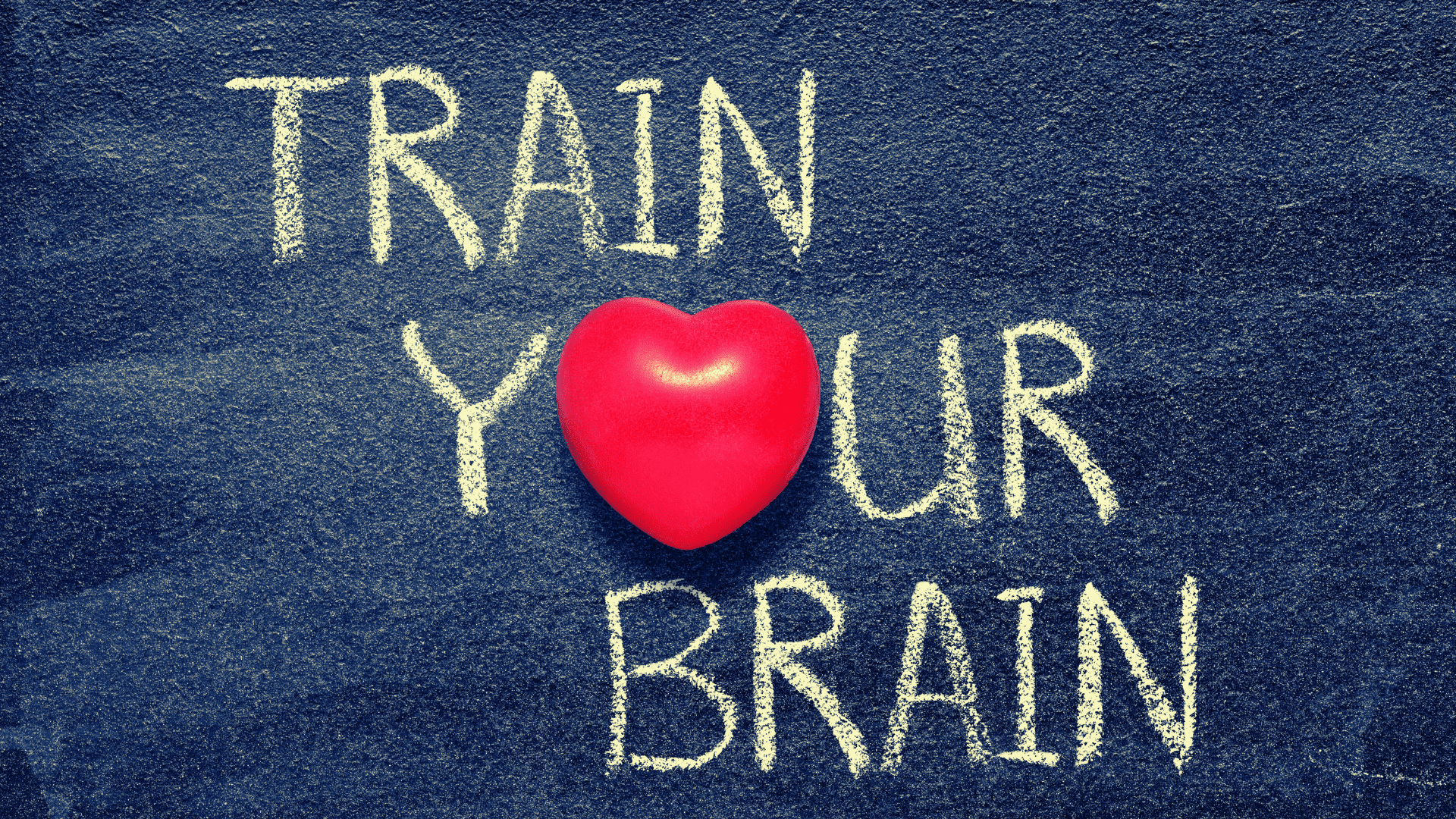In a world where information moves at lightning speed and distractions are everywhere, keeping your mind sharp is more important than ever. Just as you train your body for strength and endurance, your brain also needs regular exercise to stay agile, focused, and resilient. This is where neurofitness routines come in—a holistic approach to brain health that combines science-backed habits, lifestyle tweaks, and mindful practices to help you unlock your full cognitive potential.
Whether you’re a student, a busy professional, or someone who simply wants to stay mentally fit as you age, neurofitness routines can transform the way you think, learn, and perform. In this comprehensive guide, you’ll discover what neurofitness is, why it matters, and how to build daily habits that will keep your mind sharp and focused for years to come.
What Are Neurofitness Routines?
Neurofitness routines are structured sets of activities and habits designed to enhance your brain’s performance. These routines go beyond simple brain games or puzzles. They integrate physical movement, nutrition, mindfulness, learning, and lifestyle choices to create a well-rounded approach to cognitive health.
The goal of neurofitness routines is to strengthen neural pathways, improve memory, boost focus, and increase mental flexibility. By consistently practicing these routines, you can build a more resilient brain that adapts to challenges, learns new skills faster, and maintains clarity even under stress.
Why Neurofitness Routines Matter in 2025
The demands of modern life are higher than ever. We’re constantly bombarded with notifications, multitasking has become the norm, and the line between work and personal life is increasingly blurred. This environment can lead to mental fatigue, forgetfulness, and even burnout.
Neurofitness routines offer a proactive solution. By training your brain daily, you can:
- Improve your ability to concentrate and avoid distractions
- Enhance your memory and recall
- Boost creativity and problem-solving skills
- Build emotional resilience and stress tolerance
- Protect your brain against age-related decline
In 2025, as technology continues to evolve and the pace of life accelerates, investing in your brain’s health is not just a luxury—it’s a necessity.

The Science Behind Neurofitness
Your brain is incredibly adaptable. Thanks to a phenomenon called neuroplasticity, it can form new connections, strengthen existing ones, and even generate new neurons throughout your life. Neurofitness routines leverage this natural ability by providing your brain with the right kind of stimulation, challenge, and recovery.
When you engage in neurofitness routines, you’re essentially giving your brain a workout. Just as lifting weights builds muscle, challenging your mind with new experiences, learning opportunities, and mindful practices strengthens your cognitive abilities. Over time, these routines can lead to measurable improvements in focus, memory, and overall mental performance.
Building Your Daily Neurofitness Routine
Ready to get started? Here’s how to build a daily neurofitness routine that covers all the essential areas of brain health. You don’t need to overhaul your entire life—small, consistent changes can make a big difference.
1. Morning Neurofitness Rituals
Hydrate and Nourish Your Brain
Start your day with a glass of water. Your brain is about 75% water, and even mild dehydration can affect your focus and memory. Follow up with a balanced breakfast that includes healthy fats (like avocado or nuts), protein, and complex carbohydrates to fuel your brain for the day ahead.
Move Your Body, Activate Your Mind
Physical activity increases blood flow to the brain and stimulates the release of neurotrophic factors that support brain health. Try a brisk walk, a short yoga session, or even a few minutes of stretching. For an extra neurofitness boost, combine movement with mental challenges—recite a poem while walking, or do simple math problems during your workout.
Practice Mindful Meditation
Spend 5-10 minutes in mindful meditation or deep breathing. This calms your nervous system, reduces stress, and primes your brain for focus. If you’re new to meditation, start with guided sessions using an app or simply focus on your breath.
2. Midday Neurofitness Boosters
Take Neurobic Breaks
Neurobics are brain exercises that involve using your senses in new ways. Try brushing your teeth with your non-dominant hand, taking a different route to work, or eating lunch with your eyes closed. These small challenges force your brain to adapt and form new connections.
Focused Learning Sessions
Dedicate 20-30 minutes to learning something new each day. This could be a language, a musical instrument, or a new skill related to your work. The key is to push yourself just beyond your comfort zone—this is where real growth happens.
Eat Brain-Boosting Foods
For lunch or a snack, choose foods that support cognitive function. Blueberries, walnuts, leafy greens, and dark chocolate are all excellent choices. Omega-3 fatty acids, found in fatty fish and flaxseeds, are especially important for brain health.
3. Afternoon Neurofitness Practices
Power Nap or Mindful Rest
A short nap (10-20 minutes) can recharge your brain and improve alertness. If napping isn’t possible, try a few minutes of mindful rest—close your eyes, breathe deeply, and let your mind wander.
Tackle a Challenging Task
Your brain thrives on challenge. Set aside time in the afternoon to work on a difficult project or solve a complex problem. Break the task into smaller steps and celebrate each milestone.
Socialize and Connect
Meaningful social interactions stimulate your brain and improve emotional well-being. Call a friend, join a group discussion, or simply chat with a colleague. Sharing ideas and experiences keeps your mind flexible and engaged.
4. Evening Neurofitness Wind-Down
Digital Detox
Turn off screens at least an hour before bed. The blue light from devices can disrupt your sleep cycle and impair memory consolidation. Instead, read a book, listen to calming music, or practice gentle stretching.
Reflect and Journal
Spend a few minutes reflecting on your day. Write down three things you learned, a challenge you overcame, or something you’re grateful for. Journaling helps organize your thoughts, process emotions, and reinforce positive habits.
Prioritize Sleep
Quality sleep is essential for neurofitness. Aim for 7-9 hours per night, and keep a consistent sleep schedule. Create a relaxing bedtime routine—dim the lights, avoid caffeine late in the day, and keep your bedroom cool and quiet.

Advanced Neurofitness Routines for Maximum Results
Once you’ve mastered the basics, you can take your neurofitness routines to the next level with these advanced strategies:
Memory Palace Technique
This ancient method involves visualizing a familiar place (like your home) and “placing” information you want to remember in specific locations. When you need to recall the information, you mentally walk through your memory palace. This technique is especially useful for memorizing lists, speeches, or complex concepts.
Speed-Processing Drills
Challenge your brain’s processing speed with timed activities. Use apps that test your reaction time, play fast-paced memory games, or practice speed reading. The goal is to push your brain to process information more quickly and efficiently.
Biofeedback and Brainwave Training
Wearable devices can provide real-time feedback on your brain activity, helping you learn to enter states of deep focus or relaxation. While not essential for everyone, these tools can be a fun and effective way to fine-tune your neurofitness routines.
Creative Expression
Engage in activities that require creativity, such as painting, writing, or improvisational music. Creative expression stimulates multiple areas of the brain and encourages flexible thinking.
Cross-Training Your Brain
Just as athletes cross-train different muscle groups, you can cross-train your brain by mixing up your neurofitness routines. Alternate between logic puzzles, physical challenges, creative tasks, and social activities to keep your mind adaptable and resilient.
Nutrition and Neurofitness: Fueling Your Brain
What you eat has a profound impact on your brain’s performance. Here are some key nutrition tips to support your neurofitness routines:
- Eat a Rainbow: Colorful fruits and vegetables provide antioxidants that protect your brain from oxidative stress.
- Prioritize Healthy Fats: Omega-3 fatty acids, found in fish, walnuts, and flaxseeds, are crucial for brain cell structure and function.
- Stay Hydrated: Even mild dehydration can impair focus and memory. Aim for at least 8 cups of water per day.
- Limit Sugar and Processed Foods: High-sugar diets can lead to brain fog and mood swings. Choose whole, unprocessed foods whenever possible.
- Include Brain-Boosting Herbs: Turmeric, rosemary, and sage have been linked to improved cognitive function.
The Role of Mindfulness in Neurofitness
Mindfulness is the practice of paying attention to the present moment without judgment. Incorporating mindfulness into your neurofitness routines can help you manage stress, improve focus, and enhance emotional regulation.
Simple Mindfulness Practices:
- Body Scan: Spend a few minutes noticing sensations in different parts of your body.
- Mindful Walking: Focus on the feeling of your feet touching the ground and the rhythm of your breath.
- Gratitude Meditation: Reflect on things you’re grateful for, big or small.
Mindfulness doesn’t have to be complicated. Even a few minutes a day can make a noticeable difference in your mental clarity and resilience.

Overcoming Common Neurofitness Challenges
Building new habits isn’t always easy. Here are some common obstacles and how to overcome them:
Lack of Time:
Start small. Even five minutes of neurofitness routines can make a difference. Look for opportunities to integrate brain-boosting activities into your existing schedule, like practicing mindful breathing during your commute or doing a quick memory game while waiting in line.
Boredom:
Variety is key. Mix up your routines to keep things interesting. Try new puzzles, switch up your exercise routine, or learn a different skill each month.
Motivation Slumps:
Track your progress and celebrate small wins. Set achievable goals and reward yourself for sticking to your neurofitness routines. Remember, consistency is more important than perfection.
Plateaus:
If you stop seeing progress, increase the challenge. Tackle more difficult puzzles, learn a new language, or try a different form of exercise. Your brain thrives on novelty and challenge.
Neurofitness for Different Life Stages
Neurofitness routines can be tailored to fit any age or stage of life:
For Students:
Focus on memory techniques, active learning, and stress management. Incorporate regular breaks and physical activity to boost concentration.
For Professionals:
Prioritize focus training, time management, and creative problem-solving. Use neurofitness routines to combat digital distractions and maintain productivity.
For Older Adults:
Emphasize social engagement, lifelong learning, and physical activity. Neurofitness routines can help protect against cognitive decline and keep your mind sharp as you age.
Creating Your Personalized Neurofitness Plan
Everyone’s brain is unique, so your neurofitness routines should reflect your individual needs and goals. Here’s how to create a plan that works for you:
- Assess Your Current Habits:
Take note of your daily routines, strengths, and areas for improvement. - Set Clear Goals:
Do you want to improve focus, boost memory, or enhance creativity? Define your objectives. - Choose Your Activities:
Select a mix of physical, mental, and mindfulness practices that align with your goals. - Schedule Your Routines:
Consistency is key. Set aside specific times each day for your neurofitness routines. - Track Your Progress:
Keep a journal or use an app to monitor your habits and celebrate your achievements. - Adjust as Needed:
Be flexible. If something isn’t working, try a different approach or activity.
The Long-Term Benefits of Neurofitness Routines
By committing to daily neurofitness routines, you’re investing in your brain’s long-term health and performance. Over time, you can expect to see:
- Improved concentration and mental clarity
- Faster learning and better memory retention
- Greater creativity and problem-solving ability
- Enhanced emotional resilience and stress management
- Reduced risk of cognitive decline as you age
The benefits of neurofitness routines extend beyond the individual. When you’re mentally sharp and emotionally balanced, you’re better equipped to contribute to your family, workplace, and community.

Getting Started: A Sample Neurofitness Routine
Here’s a sample daily neurofitness routine to inspire you:
Morning:
- Drink a glass of water and eat a brain-healthy breakfast
- 10 minutes of mindful meditation
- 15 minutes of brisk walking or yoga
Midday:
- Neurobic break (try a new route to lunch)
- 20 minutes of focused learning (language app, online course, or reading)
- Brain-boosting snack (walnuts and blueberries)
Afternoon:
- Power nap or mindful rest (10-20 minutes)
- Tackle a challenging work project
- Socialize with a friend or colleague
Evening:
- Digital detox (turn off screens an hour before bed)
- Reflect and journal about your day
- Relaxing bedtime routine and 7-9 hours of sleep
Feel free to modify this routine to fit your lifestyle and preferences. The key is to stay consistent and make neurofitness a natural part of your daily life.
Make Neurofitness Routines Your Secret Weapon
In 2025 and beyond, neurofitness routines are your secret weapon for staying sharp, focused, and resilient in a rapidly changing world. By integrating these daily habits into your life, you’ll not only boost your cognitive performance but also enhance your overall well-being.
As a neuropsychologist and personal development specialist, it has always been my mission to help my clients keep their brains as fit and adaptable as possible. I’ve seen firsthand how even small, consistent changes in daily routines can lead to remarkable improvements in memory, focus, and emotional balance. Whether you’re striving for professional excellence, personal growth, or simply a more vibrant and engaged life, neurofitness routines provide a powerful foundation for lasting success.
Remember, the journey to a sharper mind is a marathon, not a sprint. Start small, stay consistent, and celebrate your progress along the way. Your brain is your most valuable asset—invest in it every day with neurofitness routines, and watch your potential unfold. The best time to start is now—your future self will thank you.
#Neurofitness #BrainHealth #CognitiveTraining #MentalClarity #FocusExercises #Mindfulness #MemoryImprovement #BrainNutrition #PersonalDevelopment



